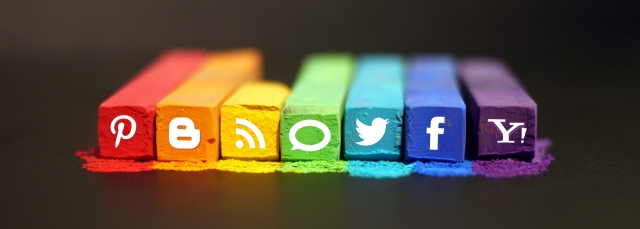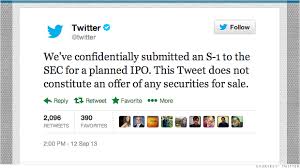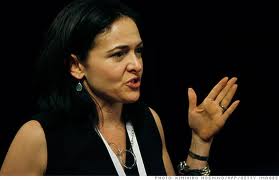 Globally most businesses use social media marketing to build communities around their brands. These communities are then used as owned media to spark conversations, spread awareness, increase following, reward fans and on the whole have a better relationship with their online audience. These active and loyal communities fit right into companies online/offline marketing and communication campaigns. Some of the brands which adopted the Social Media in a big way in India are – Facebook, Nike, Pepsi, Vodafone, Nescafe, Tata Docomo, Nivea, Nokia and Mentos. Kingfisher and Aircel India were the only two Indian brands in the Top 20.
Globally most businesses use social media marketing to build communities around their brands. These communities are then used as owned media to spark conversations, spread awareness, increase following, reward fans and on the whole have a better relationship with their online audience. These active and loyal communities fit right into companies online/offline marketing and communication campaigns. Some of the brands which adopted the Social Media in a big way in India are – Facebook, Nike, Pepsi, Vodafone, Nescafe, Tata Docomo, Nivea, Nokia and Mentos. Kingfisher and Aircel India were the only two Indian brands in the Top 20.
I have been speaking to a lot of Brand Managers, Marketers and Business Owners and most of them seem to provide a response which is quite contrary to the reports suggested by BIG consulting firms about the growth of Social Media in India. India as a nation is extremely conservative and we expect maximum bang for our buck. Business Owners want to see their marketing spend directly translate into a tangible return and believe in spending in Ads on Directory Listing Sites, Marketplaces and Google Ads than spending any money on Social Media or on Content Marketing. I was speaking to a restaurant owner the other day and he said he spends about a million rupees a year on Ad Spend on just Zomato and believes Facebook, Twitter and all other social channels are just a farce and can add no value to his business.
Ad Spend is like Virender Sehwag where you can get a quick fire knock where as Social Media Spend is like Rahul Dravid where you setup a solid base, work on your target audience and build a long innings. Ad Spend may or may not translate into direct returns but building communities, spreading awareness, increasing following, managing online reputation, rewarding fans and creating a base of Fanatics will very rarely fail.
The latest buzz word is “content marketing” which leads to the concept of “Publish or Perish”. If you aren’t bringing information of value to your target audience (whether written by you or curating content from other credible sources), they will find someone else who will. Some very interesting research has thrown up these figures –
- At least 50% of consumers will use 2 or more devices in their purchase process. ~ IBM
- 60% of mobile users expect a website to load in less than 3 seconds. ~ Gomez
- The fastest growing demographic on Twitter is 55-64 years old. ~ PEW Research
- LinkedIn is 277% more effective for lead generation than Facebook or Twitter. ~ TopDogSocialMedia
- 82% of Mobile Media Consumption is within apps and 18% from mobile browsers. ~ Nielsen
Marketers believe too much branded content may bore their audiences. Sharing branded content once a while is okay but bombarding your social audience with news, case studies, whitepapers, product specifications and company updates, not a very good idea. Compelling generic content which people like to consume and share with their friends is what marketers crave and love to post multiple times a day to keep their communities active, interesting and fun to hang out at.
To get started, here is list of questions you may want to ask yourself.
- Is my social presence compelling and does it provide value to my audience or am I just “checking the box” by having a static profile so that I can say I have a social media presence?
- What information does my audience expect from me and in what format must I deliver it to them? (Note – Facebook is not the only Social Platform out there, YouTube is almost always forgotten but remember it is a very powerful tool)
- Is my business adapting to the changing trends and communicating with clients in a manner that caters to their needs? (More than just e-mail newsletters and traditional mail)
- Do I have an Online Reputation Strategy or Do I just login into my Facebook Profile once a week and check whats going on? How do I handle negative conversations? Can I use the Social Channels as a platform to address customer grievances (Check how Emirates does this?)
With many affordable smartphones in the market and the mobile penetration rate of 71%, its likely that internet and social media will be accessible to many more in urban as well as rural India. The growth of social media is inevitable and early adopters are already driving profits and brand exposure from social relationships.




